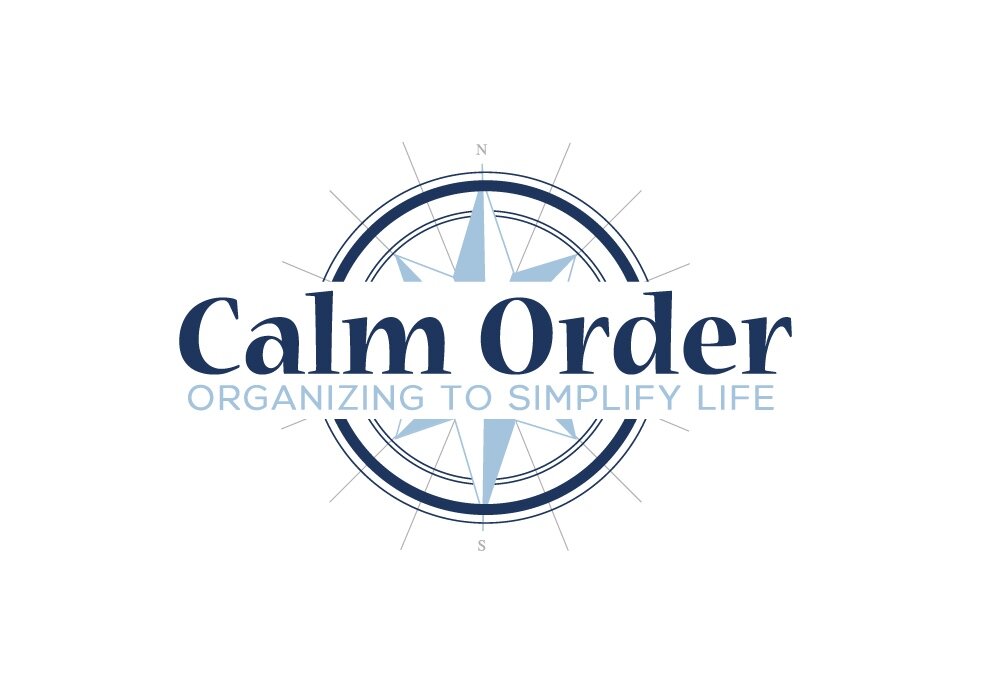Decluttering is a major part of any organization project – but once you’ve sorted through your items and decided on what to keep, what do you do with the rest of it? How can you tell what items are junk, and what items can be donated?
More often than not, people donate their used items to charities (especially during the holiday season), but the items they donate are actually junk. When this happens, volunteers and charity organizers have to sort through and dispose of these items, which is a waste of time and very limited resources. Before you bring over a box of items to donate, make sure you remove anything that is broken, torn, rusted, or no longer works. Ask yourself what made you decide to get rid of it in the first place – is it just because you have grown out of it or grown out of love with it? Or is it because it is in disrepair or bad condition? If it’s the latter, it probably means that the item should be tossed.
There are organizations that will accept donations of items that are not in good condition, but make sure that you look up the donation guidelines before bringing anything that is old and worn. For example, Clothing of a Cause has old clothing drop-off bins at most landfills, where the clothing is sold to international recycling companies and repurposed in a variety of ways. However, most charities are looking for items that will be given to people in need. If the items aren’t good enough for you, they probably aren’t good enough for someone else either.
However, there are some items that can break and be repaired, like most furniture, appliances, and even some clothing. With a small investment of time or money, you can breathe new life into items that can be reused or donated to organizations who can find a meaningful new home for them. This will take extra time and effort, so make sure that you are willing to put in the extra work before you decide to repair something.
Not only do you need to consider if it is junk or not, but you also want to make sure that any items that have multiple parts or pieces are kept together. For example, some toys have multiple pieces that should be grouped together or put into one bag. Some items won’t work unless all the pieces are used, and it won’t do any good for charities to receive an item that doesn’t function properly.
Everyone wants to be able to help others and prevent more items from going into a landfill. However, there are some items that cannot be reused or repaired, and should not be donated to a charity. When this happens, more time and work has to be undertaken by the charity to sort through the items. It might help to think of the item this way: would you pay money for this? If not, that probably means the item belongs in the garbage bin, not the donation box. Before you donate, make sure your items are worth donating.













